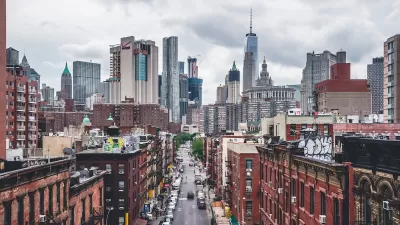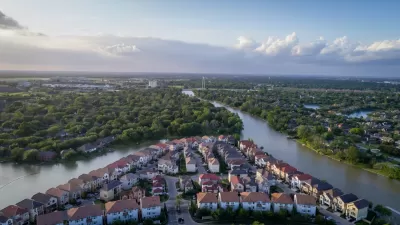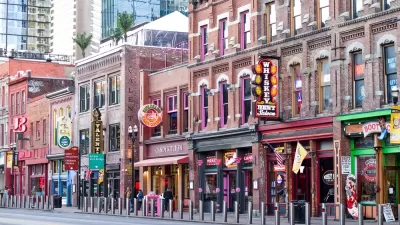The Chinese government wants an influx of nearly 100 million new urban residents by 2020. In order to accommodate a migration of this nature, China's urban planners are tasked with creating cities to be more livable.
It has taken Chinese officials nearly 40 years to reconvene and discuss best practices for developing the country's urban centers. Now, with nearly half of the population living in cities, and an additional 100 million desired, "central government officials pledged to tackle air pollution, traffic gridlock, and lack of civic resources." reports Sarah O'Meara.
The passion that China's urban planners bring to large scale city design is easy to find in theory, implementing these design projects however have come with their fair share of challenges. "The laws in the field make it very hard to innovate. Every city is made by the planning authority, under the existing planning management system, according to existing standards. They all share one law. That’s why they are all the same." says Jinkui Li, a senior researcher as Shenzhen-based think tank China Development Institute.
Experts indicate that planning policy in China needs to change to better assist the professionals in meeting the needs of creating livable communities. Beijing-based urban planner Jasmine Tillu says “At the moment, you have leaders saying ‘Make urban planning more sustainable,’ but the actual on-the-ground policies don’t allow for it."
As for the rise in prominence of new urban centers, experts point to the established "urban villages" on the fringe of China's megacities, Beijing, Shanghai, Guangzhou and Shenzhen. These villages are known to be the most hospitable transitions for many migrants leaving the countryside for a new urban life. Changes are happening and it is exciting urban planners globally. If China's officials are able to step away from a "top-down, large scale" planning model and provide the residents civic engagement opportunities the future is bright.
FULL STORY: Making China's Urban Fringes More Livable

Maui's Vacation Rental Debate Turns Ugly
Verbal attacks, misinformation campaigns and fistfights plague a high-stakes debate to convert thousands of vacation rentals into long-term housing.

Planetizen Federal Action Tracker
A weekly monitor of how Trump’s orders and actions are impacting planners and planning in America.

San Francisco Suspends Traffic Calming Amidst Record Deaths
Citing “a challenging fiscal landscape,” the city will cease the program on the heels of 42 traffic deaths, including 24 pedestrians.

Defunct Pittsburgh Power Plant to Become Residential Tower
A decommissioned steam heat plant will be redeveloped into almost 100 affordable housing units.

Trump Prompts Restructuring of Transportation Research Board in “Unprecedented Overreach”
The TRB has eliminated more than half of its committees including those focused on climate, equity, and cities.

Amtrak Rolls Out New Orleans to Alabama “Mardi Gras” Train
The new service will operate morning and evening departures between Mobile and New Orleans.
Urban Design for Planners 1: Software Tools
This six-course series explores essential urban design concepts using open source software and equips planners with the tools they need to participate fully in the urban design process.
Planning for Universal Design
Learn the tools for implementing Universal Design in planning regulations.
Heyer Gruel & Associates PA
JM Goldson LLC
Custer County Colorado
City of Camden Redevelopment Agency
City of Astoria
Transportation Research & Education Center (TREC) at Portland State University
Jefferson Parish Government
Camden Redevelopment Agency
City of Claremont





























